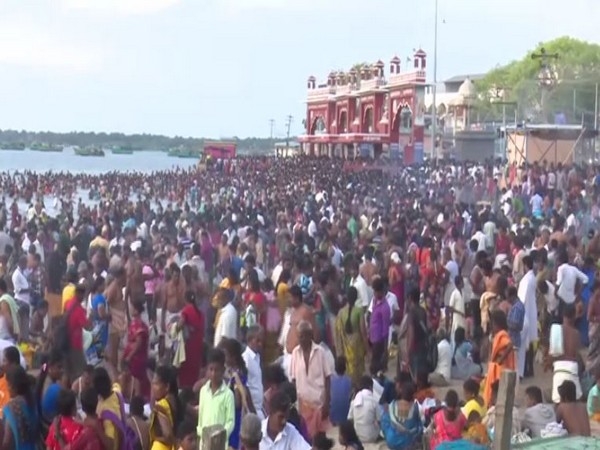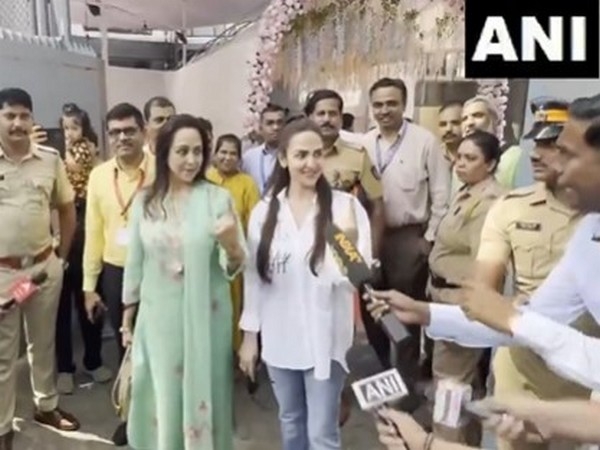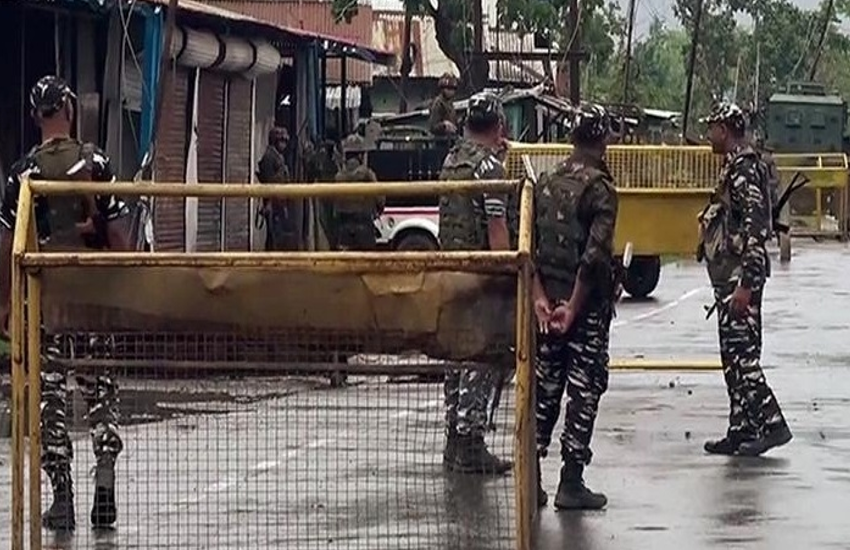How Old Delhi's Durga made a long and historical journey

Wherever there are Bengalis, can Durga Puja be far behind? The celebration of the Mother Goddess and her triumph over evil, embodied by Mahishasura - the buffalo demon - is almost ubiquitous in several cities where Bengalis have made their presence felt.
High up in the list is Delhi. The Capital hosts the most number of pujas after, of course, Kolkata.
But how did it all start?
The festival gained prominence during the Raj, but the genesis of Durga Puja was way back during the days of Bahadur Shah Zafar, the last Mughal Emperor.
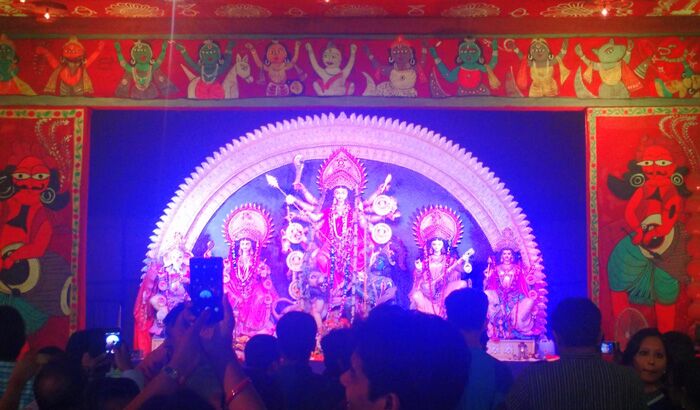
Photo: Catch News
Rising like a pheonix
In 1840, a small Kali temple was established in Nigambodh Ghat and Durga Puja was held there. In the tumult of 1857, when most of Shahjahanabad was destroyed in the aftermath of the 'mutiny' by the British, this temple too was not spared. The idol lay unattended on the banks of the river Yamuna.
Neelmoni Brahmachari, a disciple of Krishnanand, a renowned philanthropist of the era, found the idol. Krishnanand had helped established Kali temples in Allahabad, Meerut, Agra and Ambala, and it was only fitting that the puja for the deity began to be held in his house till a doctor with the railways Hemchandra Sen decided to make Delhi his home in 1879. Sen started performing the puja at a rented place in Roshanpura near Nai Sarak in 1910, soon turning it into a public event.
Destination Chandni Chowk
Short on resources, the celebrations were small-scale but upheld the spirit of the festival. In 1911, another Puja was conducted at Nai Sarak and by 1912 the deity found a seat in the heart of Shahjehanabad -- Chandni Chowk.
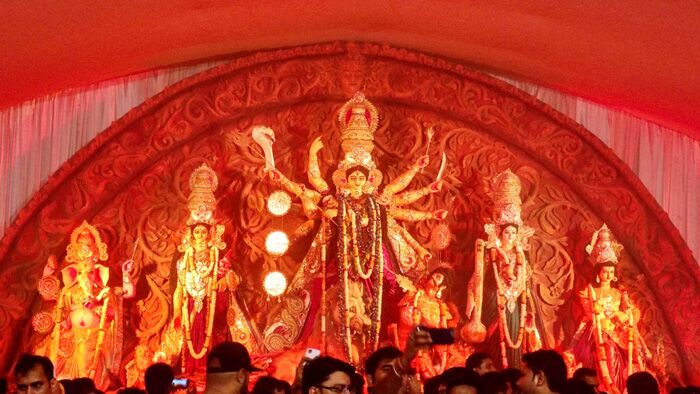
Photo: Catch News
Much to the chagrin of the organisers, an idol could not be bought from Calcutta. Eventually a Christian gentleman, Parmananda Biswas, brought the idol from Kashi by boat. And this tradition continued till 1926, till idol-making started in Delhi.
The Roshanpura temple became a social and cultural hub for the growing Bengali community that had shifted to Delhi in the wake of the transfer of the capital by the British.
Beating greed and 'villains'
Fearing the greed of the temple priest and his son, the Bengali community wanted to break their stranglehold and claim on temple donations and land. This led to the purchase of land at Tis Hazari for a new temple and Akshay Chandra Bosu, Madhab Chandra Bandopadhaya, and Ishantosh Mitra took upon themselves the task of building the temple.
Finding the right home
By 1919-20, the idol found a seat at the Tis Hazari temple amid fanfare. However, financial constraints dented any plans of expansion. The premises were too small to contain the ever-growing Bengali community. Around the same time, Puja started at Dharmshala, near the Fatehpuri Masjid. In 1948, the deity was shifted to Delhi Polytechnic at Kashmere Gate from Tis Hazari. This is the oldest Durga statue in Delhi.
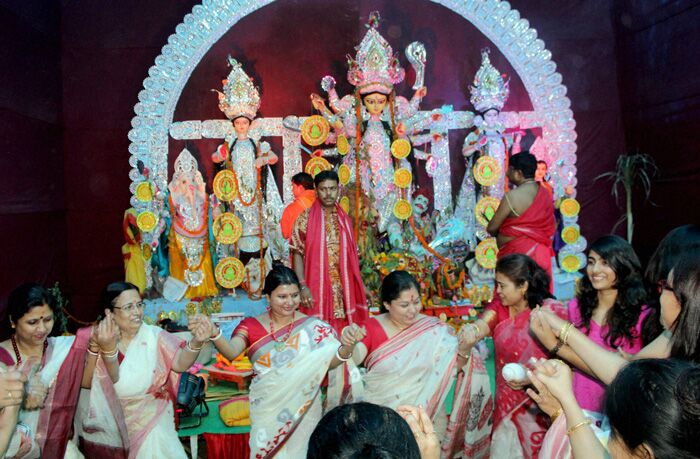
Photo: PTI
For about a decade - 1957-67 -- the puja was performed at the Women's Polytechnic before the venue was changed yet again to the Bengali Senior Secondary School on Alipur Road. This is where the puja is still held.
Following a demand for land by the community, an acre of land was given at Baird Road (Bangla Sahib Road today), till an official allotment was made at Templead, west of Connaught Place, in 1931. Here's where a Kali Bari Temple stands steeped in history.


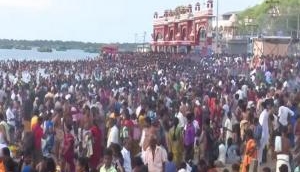
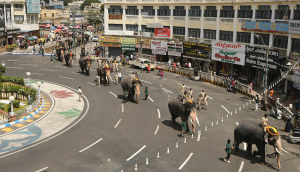
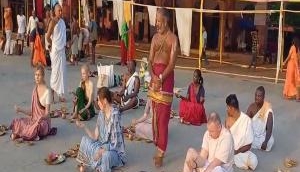
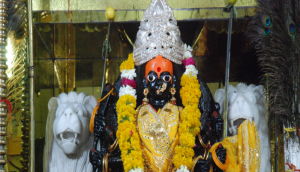
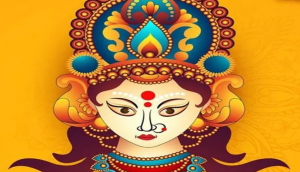
![BJP's Kapil Mishra recreates Shankar Mahadevan’s ‘Breathless’ song to highlight Delhi pollution [WATCH] BJP's Kapil Mishra recreates Shankar Mahadevan’s ‘Breathless’ song to highlight Delhi pollution [WATCH]](https://images.catchnews.com/upload/2022/11/03/kapil-mishra_240884_300x172.png)

![Anupam Kher shares pictures of his toned body on 67th birthday [MUST SEE] Anupam Kher shares pictures of his toned body on 67th birthday [MUST SEE]](https://images.catchnews.com/upload/2022/03/07/Anupam_kher_231145_300x172.jpg)


